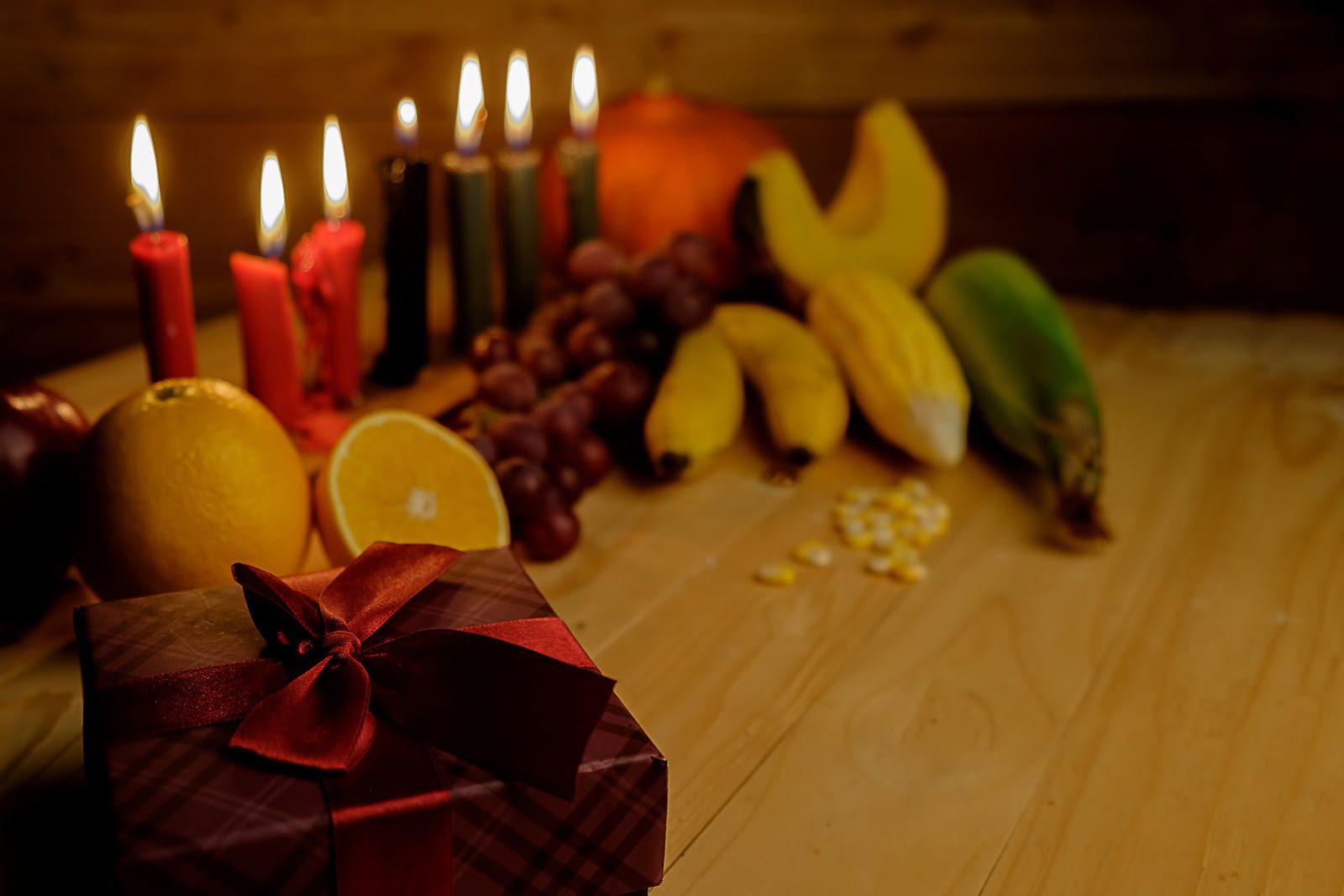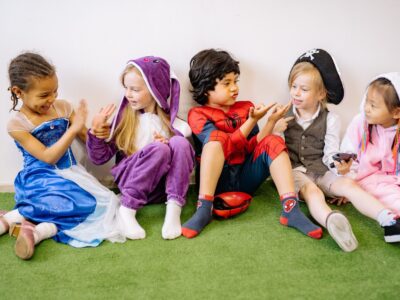As Christians, we are called to love our neighbor as ourselves… but what if our neighbor isn’t at all like us? How can we better equip ourselves to serve as Christ served, to extend love unconditionally? We humans share more in common than we’d sometimes like to think, and one thing is true for all of us — we need love. We experience love when we are seen, heard, and understood. As we approach a holiday season that is fully rooted in the Christian faith, we have the opportunity to extend love to those who believe differently, but belong infinitely to the same love we so gratefully experience in Christ. But where to start? With a desire to see, hear and understand. More often than not, we find shared values that we can celebrate together in our own different ways on the long journey home.
In this series, we explore why we celebrate and we encourage you to ask your friends and neighbors who celebrate these holidays to share their favorite traditions. As with Christmas, there are myriad meaningful ways to rejoice.
Kwanzaa: Joy in Unity
From December 26 through January 1, candles are lit in homes across the United States and throughout the world in joyous observance of Kwanzaa, a holiday celebrating the rich heritage that African Americans and Pan-African people share in their connection to Africa. Kwanzaa is a cultural holiday, not a religious one, and people of many different faiths participate in the seven day celebration modeled after traditional African harvest festivals. The word “Kwanzaa” is derived from Swahili, “matunda ya kwanza,” meaning “first fruits.” However, it is not a Swahilli word as the additional “a” was added by Maulana Karenga to give “Kwanzaa” seven letters, to follow the seven days and seven principles celebrated during the holiday.
Why Swahili and who’s Karenga? The East African language of Swahili is the most prevalent language spoken throughout the African continent, where many people are multilingual, speaking more than one African language and generally a handful of European languages too. Maulana Karenga, born Ronald McKinley Everett in Parsonsburg, Maryland, founded Kwanzaa back in 1966 at the young age of 25. As an activist in the civil rights movement, Karenga envisioned the holiday as a way to liberate African Americans from racial oppression by building unity around a shared cultural heritage. Today, Karenga is chair of Africana Studies at California State University Long Beach.
Though created less than a century ago, “the symbols and meanings associated with Kwanzaa are as bright as a flame and as ancient as Africa,” Eisa Nefertari Ulen writes so beautifully in Reader’s Digest. There are seven principles of Kwanzaa, called “Nguzo Saba,” one for each day. Families explore what the principle means as they light its corresponding candle, or “mishumaa saba,” in the candleholder, called a “kinara.” The black candle in the center is first to be lit, representing the beauty and strength of Black people united, and then throughout the days, the six alternating green and red candles for the remaining principles. The color green represents hope in the land and the future of the African people, and red, blood and the struggle for freedom. The Kwanzaa candle lighting ritual is evocative of other winter holidays like Advent, Hanukkah, and Diwail, the Indian Festival of Lights.
The Nguzo Saba or Seven Principles
12/26 Unity: Umoja (oo–MO–jah)
To strive for and maintain unity in the family, community, nation, and race.
12/27 Self-determination: Kujichagulia (koo–gee–cha–goo–LEE–yah)
To define ourselves, name ourselves, create for ourselves, and speak for ourselves.
12/28 Collective Work and Responsibility: Ujima (oo–GEE–mah)
To build and maintain our community together and make our brother’s and sister’s problems our problems and to solve them together.
12/29 Cooperative Economics: Ujamaa (oo–JAH–mah)
To build and maintain our own stores, shops, and other businesses and to profit from them together.
12/30 Purpose: Nia (nee–YAH)
To make our collective vocation the building and developing of our community in order to restore our people to their traditional greatness.
12/31 Creativity: Kuumba (koo–OOM–bah)
To do always as much as we can, in the way we can, in order to leave our community more beautiful and beneficial than we inherited it.
01/01 Faith: Imani (ee–MAH–nee)
To believe with all our heart in our people, our parents, our teachers, our leaders, and the righteousness and victory of our struggle.
Along with the seven principles, there are seven symbols of Kwanzaa, including the candelabra and candles, often given a special place in the home:
- fruits, vegetables, and nuts
- a straw mat
- ears of corn
- gifts
- unity cup
These symbols follow the practices of harvest celebrations and the unity cup is used on December 31, when families come together for the great feast, called the “karamu.” Participants sometimes wear traditional African clothing and exchange gifts, with an emphasis on handmade treasures and gifts bought from Black-owned businesses. In this way, the gifts mirror the entire tradition of Kwanzaa in each of its seven principles. Dorothy Winbush Riley, author of The Complete Kwanzaa: Celebrating Our Cultural Harvest explains: “We exchange the gifts with members of our immediate family, especially the children, to promote or reward accomplishments and commitments kept…Accepting a gift implies a moral obligation to fulfill the promise of the gift; it obliges the recipient to follow the training of the host. The gift cements social relationships, allowing the receiver to share the duties and the rights of a family member.”
Every family celebrates Kwanzaa in their own way, almost always involving music, dancing, delicious food, and rich conversation. Intended as a non-political, non-religious holiday, Kwanzaa is in no way a substitute for Christmas, but instead an invitation to deepen commitment to family, connection and social responsibility. “For my family, Kwanzaa is a lovely way to extend the festivities and fun through the new year,” Nefertari Ulen explains. “We might meet cousins to go ice skating in our local park and then gather to eat and celebrate Kwanzaa after. There are usually plenty of leftovers to take the pressure off of cooking. Everything slows down when it’s Kwanzaa time, and so we can enjoy the simple traditions of the holiday together.”





 Copyright
2025
Root and Vine
Copyright
2025
Root and Vine